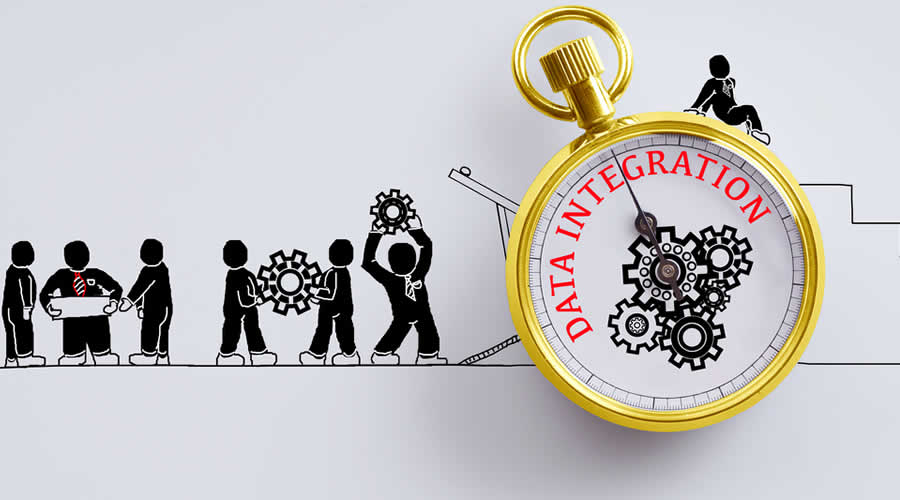Today’s rapidly evolving technology environment demands that businesses also evolve in their capabilities and offerings, and ERP software can help manage these demands.
The modern version of enterprise resource planning software has expanded from the original functionality set covering accounting/finance, human resources, manufacturing or project planning, purchasing, and sales management. Modern ERP systems also include business intelligence, customer relationship management, and artificial intelligence and machine learning capabilities. The broader abilities of modern ERP software allow more automation, greater collaboration and efficiency, and higher rates of return on investment.
When you are ready to evaluate ERP systems for your business, you need to consider what features you most need.
Best Practices for Approaching ERP Software Selection
Requirements are king! The first item on your agenda should be gathering a realistic but comprehensive list of your company’s unique requirements.
This can be daunting, but it’s imperative to know precisely what your business requires now and in the foreseeable future. Using functionality templates specific to the application area you need, such as ERP for Process Manufacturing or ERP for Distribution, can give you a strong starting point from which to add or eliminate. A document such as this will also become the request-for-proposal (RFP) that you release to vendors.
Failing to gather the correct requirements list is akin to buying a wardrobe worth of clothes for someone whose preferences, needs, and measurements you don’t know – the suitability and fit are unlikely to work, and each alteration will cost time and money you hadn’t bargained for.
Virtually no company can take an ERP system right out of the box and run it without any customizations, but you want to carefully choose which customizations are essential versus which business processes can be adapted to work with the new software. Deliberate decisions about your requirements are key to selecting the right ERP system and making it work well for your business.
Other ERP Selection Factors to Consider
Along with knowing what each department truly requires from an ERP system in the way of business processes, you should also consider wider issues such as future needs, system configurability, and user-friendliness, deployment alternatives, implementation options, and ongoing support and maintenance possibilities.
As well, if the vendor has a research and development (R&D) team, how well do they plan and release their innovations? Talking to current users of the software and current or past clients of the implementation and support partners is a good way to gain insight into these types of issues.
Moving Forward with ERP Software Selection
Once you’ve finalized your requirements list, determined your overall preferences, and established a realistic budget, you need to build a shortlist of contenders based on core functionality, reputation, and suitability for your industry. Vendors you approach should react quickly to your initial inquiry and provide careful responses to your RFP. If they do not, you should either eliminate them from your shortlist or approach a local partner of theirs to see if the service you receive is a better fit for your needs.
From there, product demos will help you determine which of the ERP systems most closely align with your precise requirements and which vendor teams seem the most invested in understanding your company’s needs and realities. You can use a careful score-card approach to conduct demos.
Negotiation is the final stage of ERP selection. Many factors go into a deal as complex and expensive as ERP purchase and implementation, and while you may be brand new to the game, the vendors are not. It is usually well worth the money to hire an independent consultant to not only take you through the preceding steps of requirements gathering and solution demos but also to manage competing vendors and save you money at the negotiation stage.
Acquiring an ERP system for your business is a process that begins with planning and ends with a carefully executed deployment. These are the bookends; between are the key elements of selecting the right system by cataloging business requirements and user needs, establishing the budget, assessing configurability and upgrade potential, planning implementation, and securing a good fit with the right vendor or partner. With a good plan, strong leadership, and deliberate decisions, and typically with the help of a third-party expert, you can successfully achieve your business goals and see a healthy ROI from your ERP purchase and implementation.


